14 Landmark International Films That Shaped Global Cinema
Global cinema has long had a significant impact on shaping the film industry around the world. Iconic international films have introduced audiences to different cultures, stories, and cinematic styles, pushing the boundaries of storytelling. These films have not only captured the attention of viewers but also influenced filmmakers globally. From the gritty streets of Rio de Janeiro to the mystical landscapes of Japan, these films offer more than just entertainment; they offer a window into the human experience. Whether through captivating narratives or groundbreaking techniques, international films have redefined what it means to create powerful cinema.
This post may contain affiliate links, which helps keep this content free. Please read our disclosure for more info.
City of God (2002) – Brazil
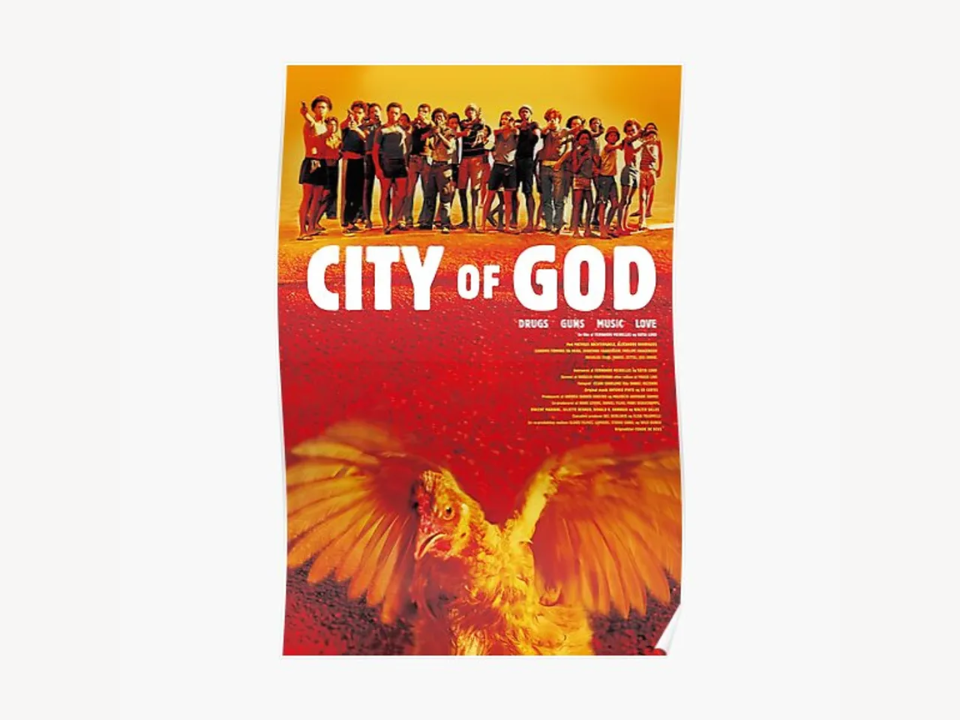
City of God (Cidade de Deus) is a Brazilian film that introduced global audiences to the stark realities of life in Rio de Janeiro’s favelas. Directed by Fernando Meirelles, the film presents a gritty, immersive portrayal of poverty, crime, and survival. Its vibrant cinematography and fast-paced editing made it an unforgettable experience for viewers.
The film follows the lives of young boys growing up in a violent neighborhood, offering a profound look into the cycle of crime and corruption. It gained international recognition and helped bring Brazilian cinema to a global stage, earning multiple Academy Award nominations.
Amélie (2001) – France
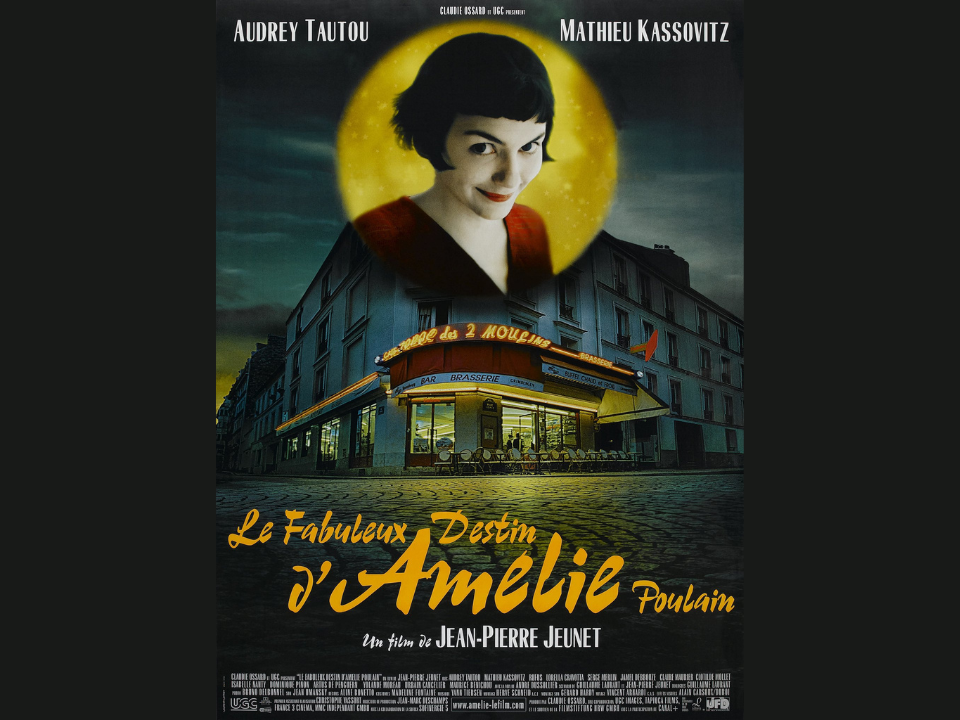
Amélie (Le Fabuleux Destin d’Amélie Poulain), directed by Jean-Pierre Jeunet, is one of the most iconic French films ever made. The film tells the whimsical and heartwarming story of Amélie, a shy Parisian woman who decides to improve the lives of those around her. The movie’s visually stunning aesthetic and quirky characters have left a lasting impact on cinema worldwide.
What made Amélie so unique was its blend of fantastical elements with everyday life, creating a film that felt magical and deeply human at the same time. Its success led to a revival of interest in French cinema, particularly in the realm of romantic comedies, and influenced filmmakers globally.
The Seventh Seal (1957) – Sweden

Ingmar Bergman’s The Seventh Seal is a powerful exploration of life, death, and the meaning of existence. Set during the Black Death in medieval Europe, the film follows a knight who plays chess with Death in a quest for answers about the human condition. Bergman’s deep philosophical questions and stark imagery have made this film a classic in world cinema.
The movie’s profound influence on the horror and existential genres cannot be overstated. It is considered a masterpiece of Swedish cinema and has shaped how directors approach themes of mortality and the human spirit in films to this day.
Parasite (2019) – South Korea
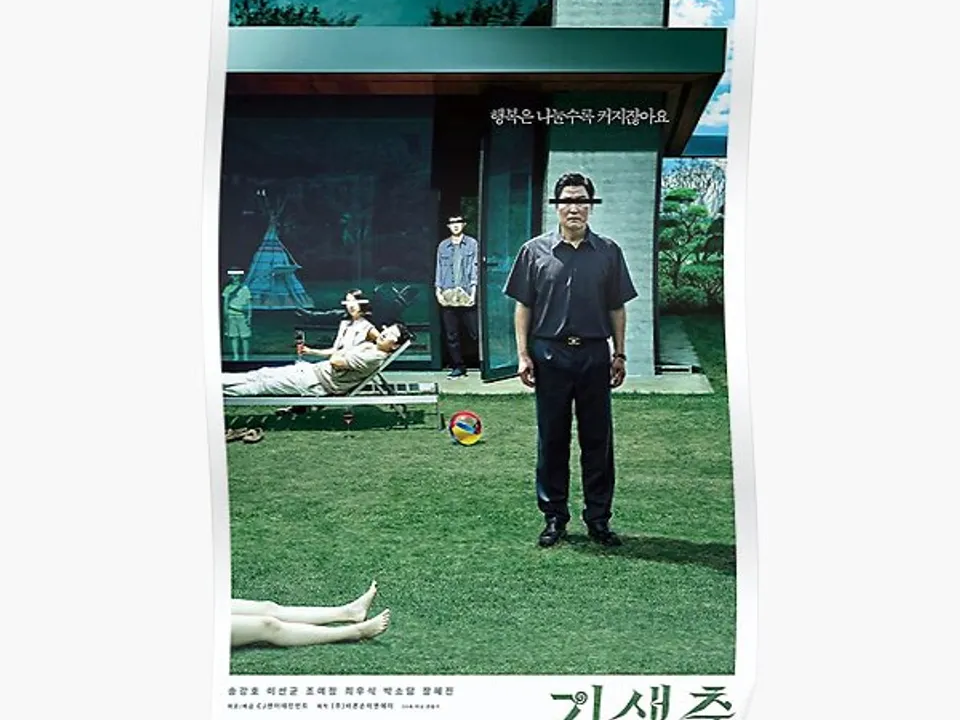
Bong Joon-ho’s Parasite made history by becoming the first non-English language film to win the Academy Award for Best Picture. The film is a sharp social commentary on class disparity, told through the story of two families from opposite ends of the economic spectrum. Its unique blend of dark humor, thriller, and drama struck a chord with global audiences.
Beyond its success at the Oscars, Parasite sparked discussions around global inequality and the divide between rich and poor. It demonstrated the universal appeal of stories rooted in local cultures and set a new benchmark for South Korean cinema on the world stage.
In the Mood for Love (2000) – Hong Kong
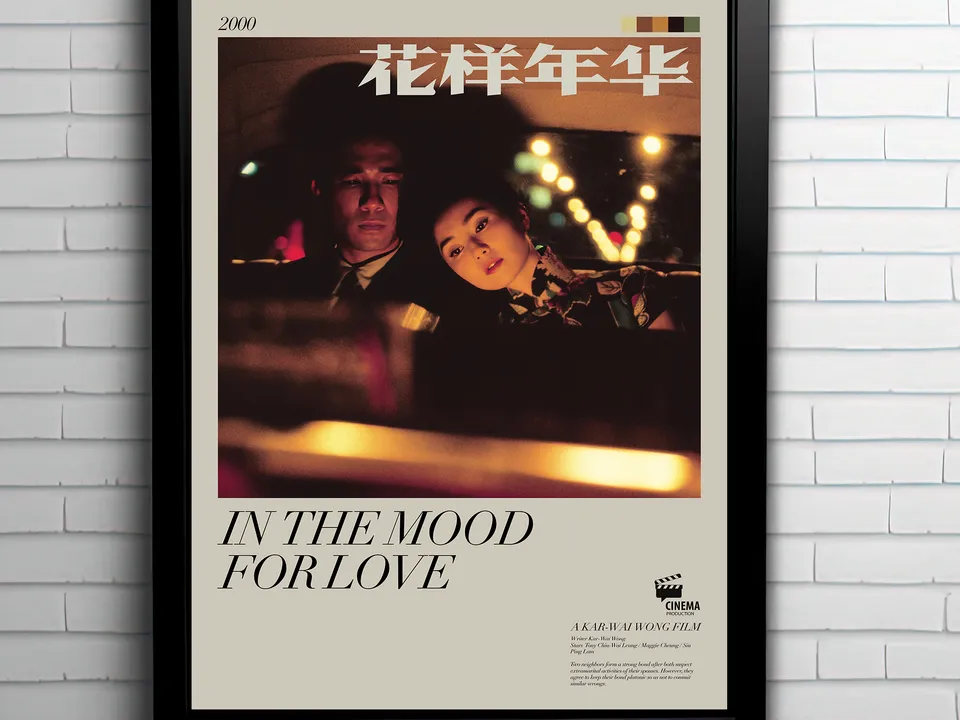
Wong Kar-wai’s In the Mood for Love is a visually stunning, emotionally charged film about two neighbors who form a deep, unspoken bond after discovering that their spouses are having an affair. The film is renowned for its beautiful cinematography, elegant performances, and exploration of love and loneliness. Wong Kar-wai’s distinct style is evident in the film’s slow pacing and poignant use of music.
In the Mood for Love became an international sensation, earning praise for its ability to evoke powerful emotions with subtlety. Its aesthetic influence can still be seen in contemporary films, particularly those exploring themes of love, longing, and emotional restraint.
The Bicycle Thief (1948) – Italy
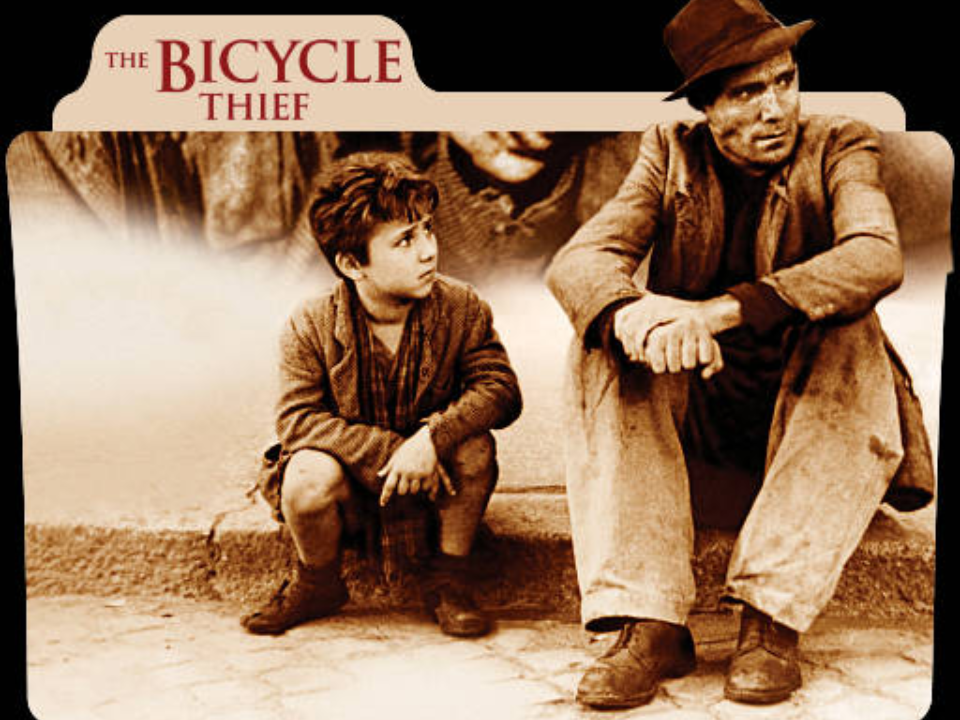
The Bicycle Thief (Ladri di biciclette), directed by Vittorio De Sica, is a landmark in Italian neorealism. The film tells the story of a father and son in post-war Rome, struggling to survive after the father’s bicycle is stolen, which is crucial for his job. The film’s portrayal of everyday hardships and the raw emotions of its characters set it apart from more conventional narratives.
Its simple yet profound story has inspired filmmakers around the world, particularly in how they depict the struggles of ordinary people. The Bicycle Thief remains a timeless classic, marking a pivotal moment in the development of world cinema.
Run Lola Run (1998) – Germany
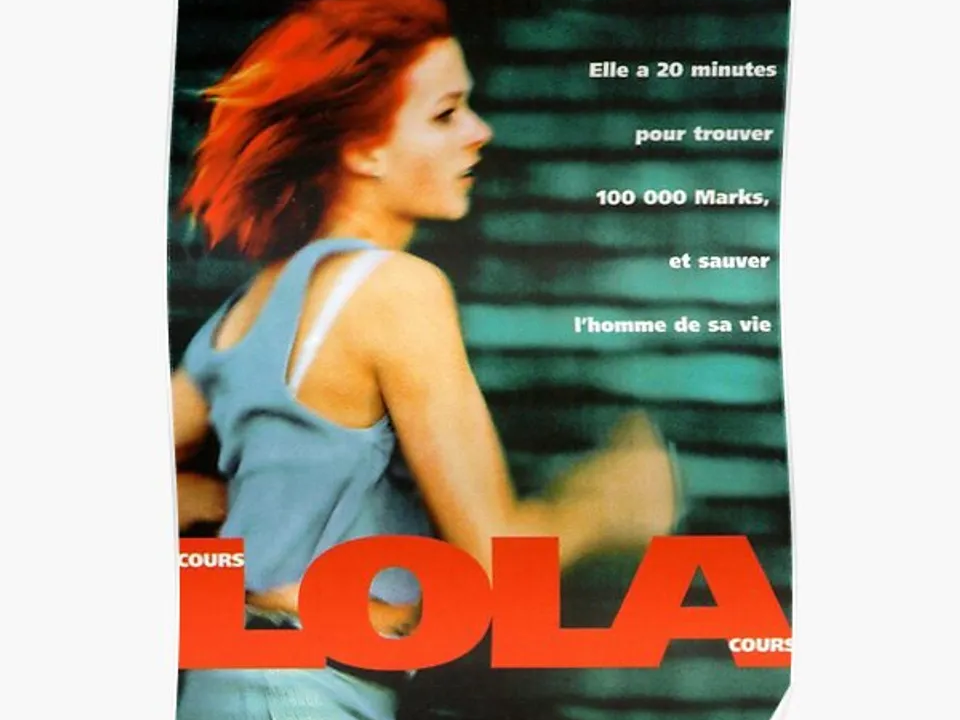
Run Lola Run (Lola rennt), directed by Tom Tykwer, is an experimental German film that follows the protagonist, Lola, as she tries to find 100,000 marks in 20 minutes to save her boyfriend’s life. The film’s fast-paced structure and use of multiple narrative possibilities make it a standout in contemporary cinema. Its energetic editing style and unique use of music and time influenced countless filmmakers.
The movie’s impact can be seen in the way it shaped the structure of thrillers and action films, introducing a non-linear storytelling method that would later be adopted by many other filmmakers. Its bold approach to storytelling continues to inspire experimental cinema today.
The 400 Blows (1959) – France
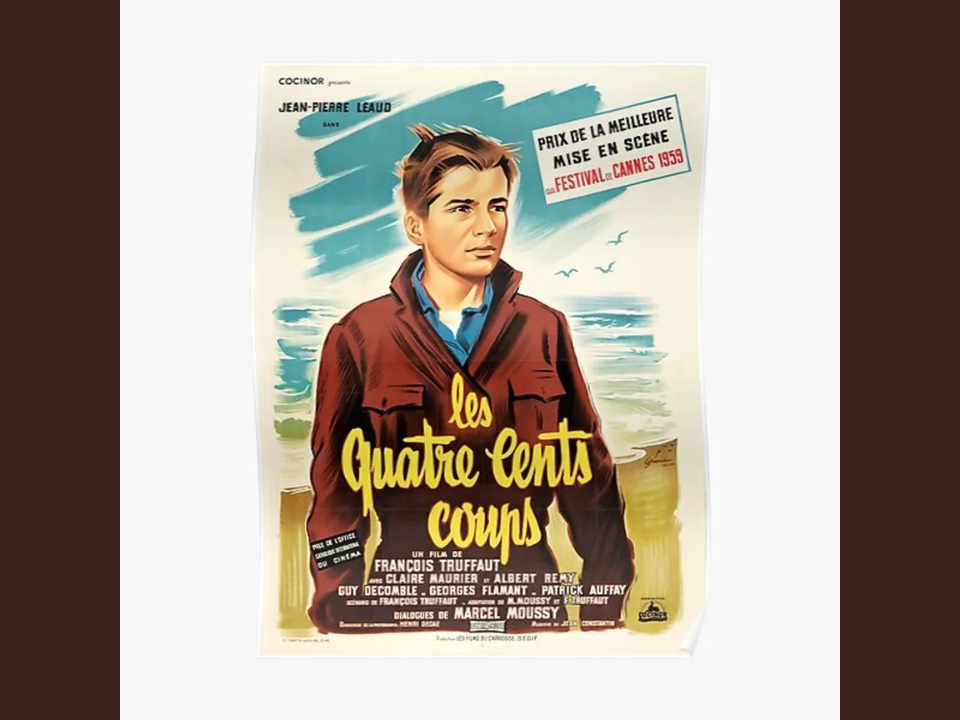
François Truffaut’s The 400 Blows is a cornerstone of the French New Wave. The film follows the troubled youth of Antoine Doinel, portraying his struggles with school, his family, and the social system. Its realistic portrayal of adolescence and its emotional depth set it apart from other films of the time.
The 400 Blows revolutionized how films could depict youth and rebellion, influencing a generation of filmmakers. It remains a seminal work in global cinema, marking the beginning of a new era in French filmmaking.
Oldboy (2003) – South Korea
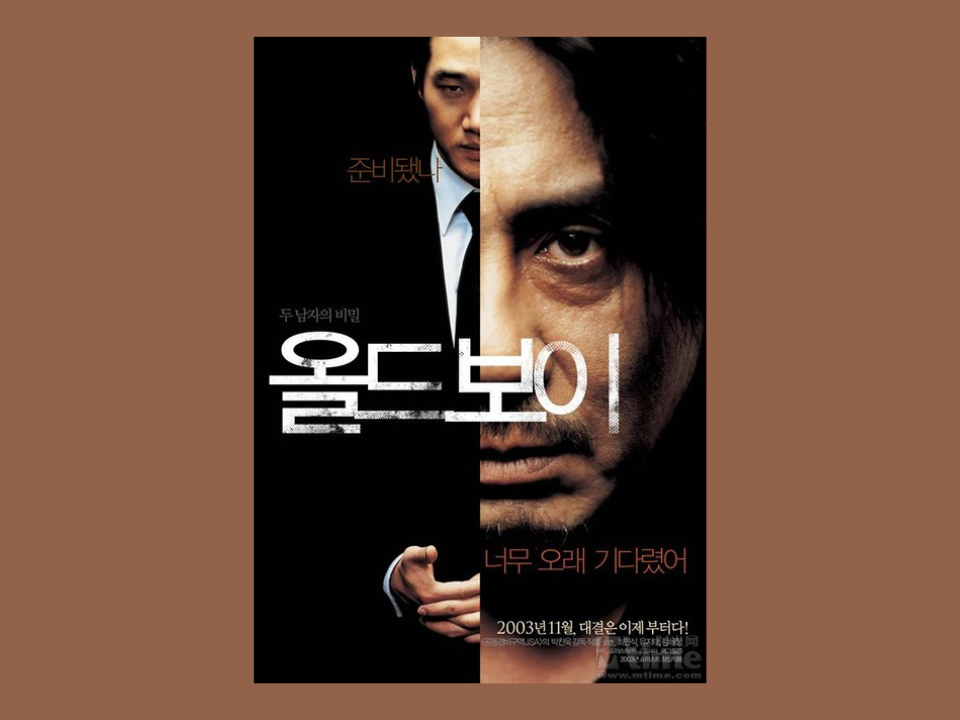
Park Chan-wook’s Oldboy is a brutal and emotionally charged thriller that follows a man seeking vengeance after being inexplicably imprisoned for 15 years. Its intricate plot, shocking twists, and exploration of themes such as revenge and redemption have made it a standout in South Korean cinema. The film’s visual style and psychological depth influenced filmmakers around the world.
Oldboy helped bring Korean cinema to international attention, showing that Asian films could achieve both critical and commercial success globally. Its impact is still felt in the thriller and revenge genres, where it set new standards for storytelling.
The Last Emperor (1987) – UK/Italy
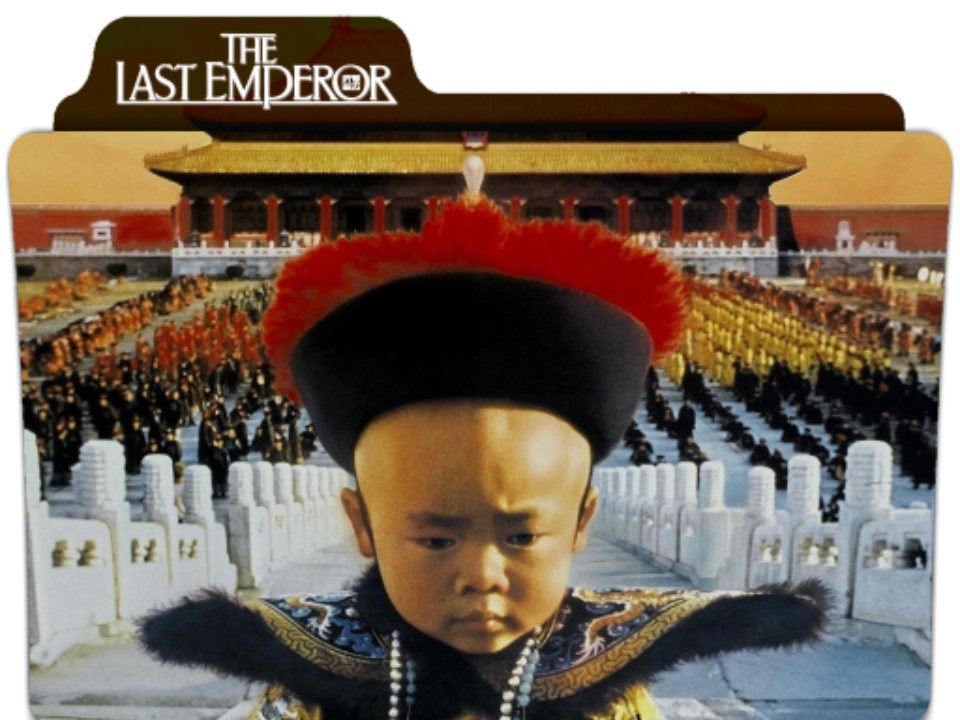
The Last Emperor, directed by Bernardo Bertolucci, tells the story of Pu Yi, the last emperor of China. The film covers his rise to power and subsequent fall, offering a glimpse into the complexities of Chinese history. The film’s stunning cinematography and vast scope made it an international success.
Winning nine Academy Awards, including Best Picture, The Last Emperor brought Chinese history and culture to a global audience. Its sweeping narrative and historical accuracy made it a key film in understanding Chinese history through cinema.
The Battle of Algiers (1966) – Italy/Algeria

Directed by Gillo Pontecorvo, The Battle of Algiers is a powerful portrayal of the Algerian War of Independence. The film uses documentary-style realism to depict the struggle between the French military and Algerian insurgents. Its stark portrayal of war and its focus on the moral ambiguities of both sides made it a landmark in world cinema.
The film’s influence extends far beyond the historical context, with its themes of resistance, colonialism, and urban warfare resonating in modern political cinema. The Battle of Algiers remains a must-see for those interested in the complexities of global conflict and social struggle.
The Intouchables (2011) – France
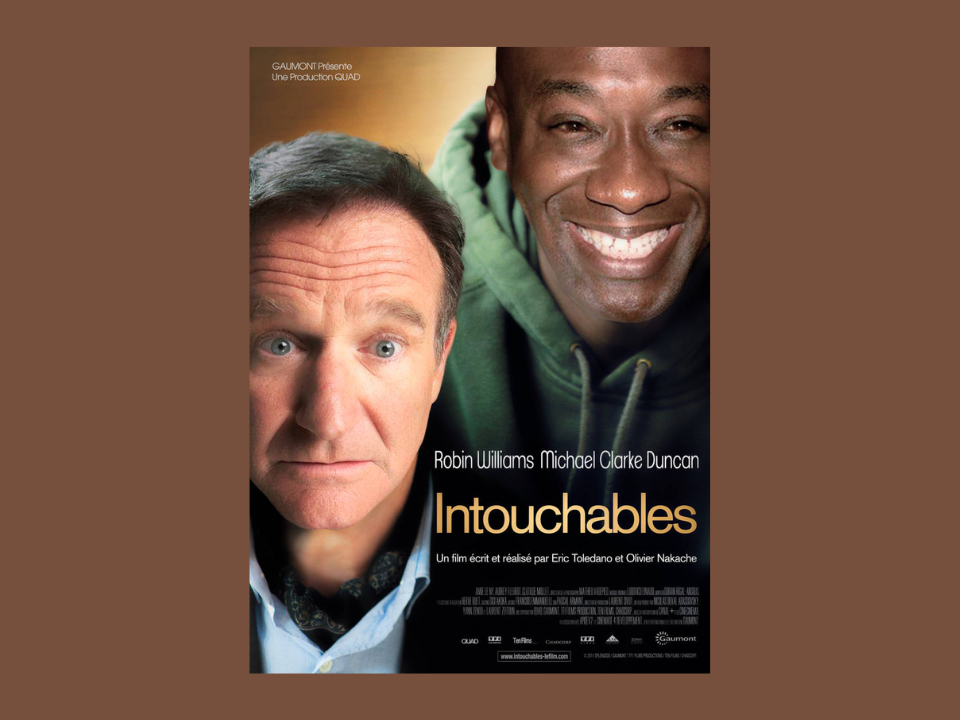
The Intouchables is a heartwarming French film about the unlikely friendship between a disabled aristocrat and his caregiver. The film’s charm lies in its humor, warmth, and portrayal of human resilience. Its success worldwide, including its box office triumph in the United States, demonstrated the global appeal of French cinema.
The film has inspired remakes and adaptations, showing its broad cultural impact. The Intouchables is celebrated not only for its touching story but also for its ability to bridge cultural gaps and speak to universal themes of friendship and personal growth.
Crouching Tiger, Hidden Dragon (2000) – Taiwan/China/Hong Kong
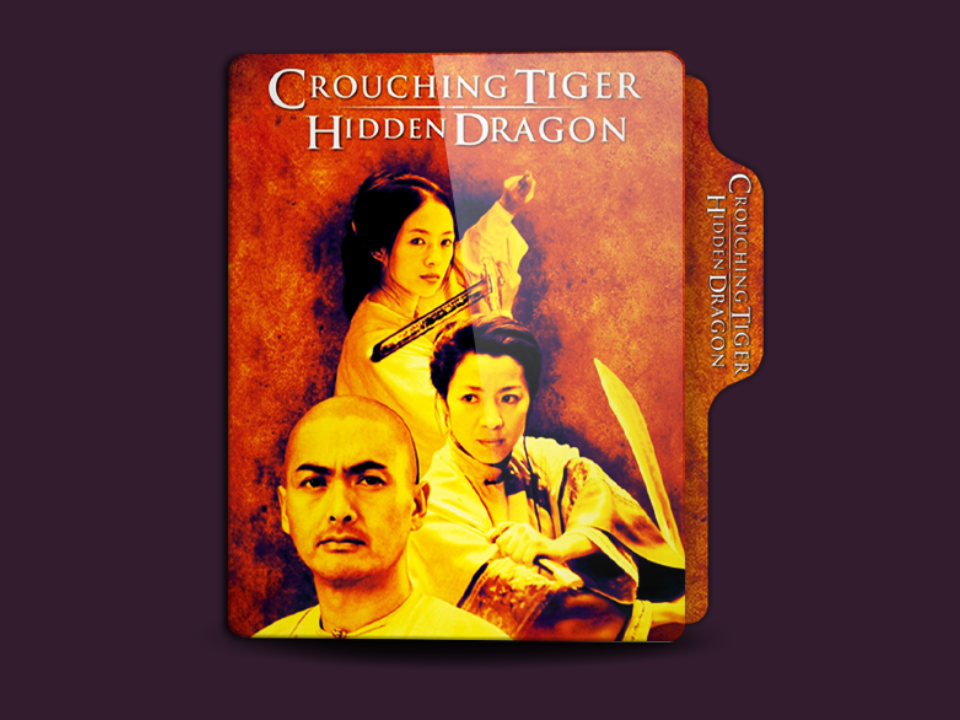
Ang Lee’s Crouching Tiger, Hidden Dragon is a wuxia film that transcended cultural boundaries. Combining stunning martial arts choreography with emotional storytelling, the film was a massive success both in Asia and globally. It won several Academy Awards and helped bring Chinese-language cinema into the mainstream.
The film’s success proved that martial arts films could achieve critical acclaim, blending action with intricate character development. Crouching Tiger, Hidden Dragon remains one of the most influential martial arts films of all time.
A Separation (2011) – Iran
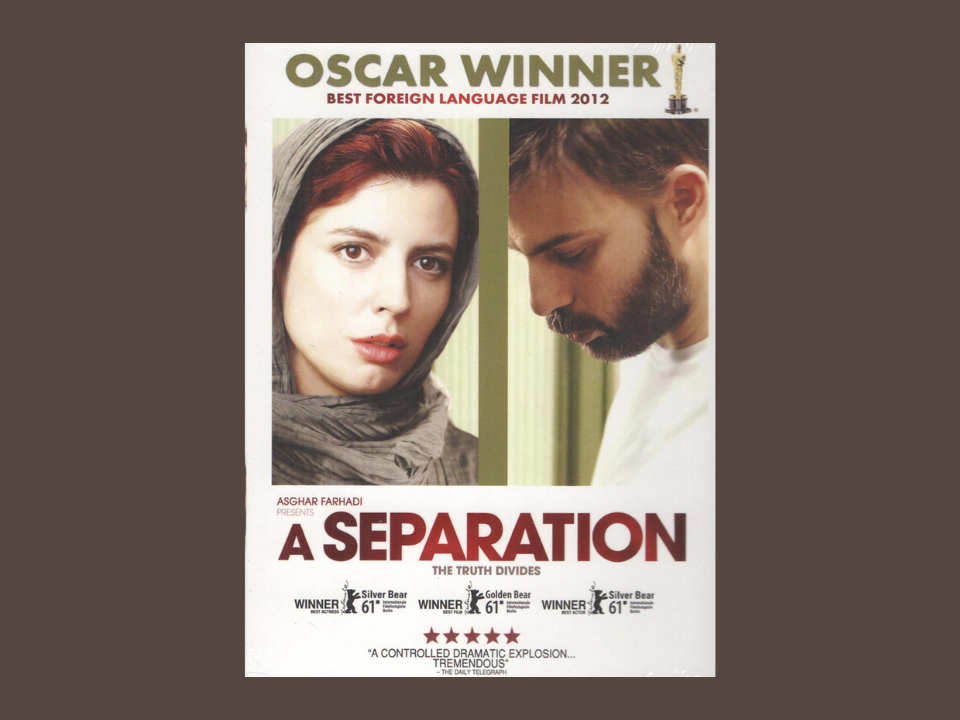
Asghar Farhadi’s A Separation is a compelling drama about a couple’s divorce and the emotional and moral complexities that arise from it. Set in Iran, the film explores themes of family, justice, and societal expectations. Its realistic portrayal of human conflict and its sharp, sensitive writing made it an international hit.
The film won numerous awards, including the Academy Award for Best Foreign Language Film, marking a significant moment for Iranian cinema. A Separation continues to be admired for its powerful storytelling and its exploration of moral dilemmas in a modern context.
This article originally appeared on Avocadu.
